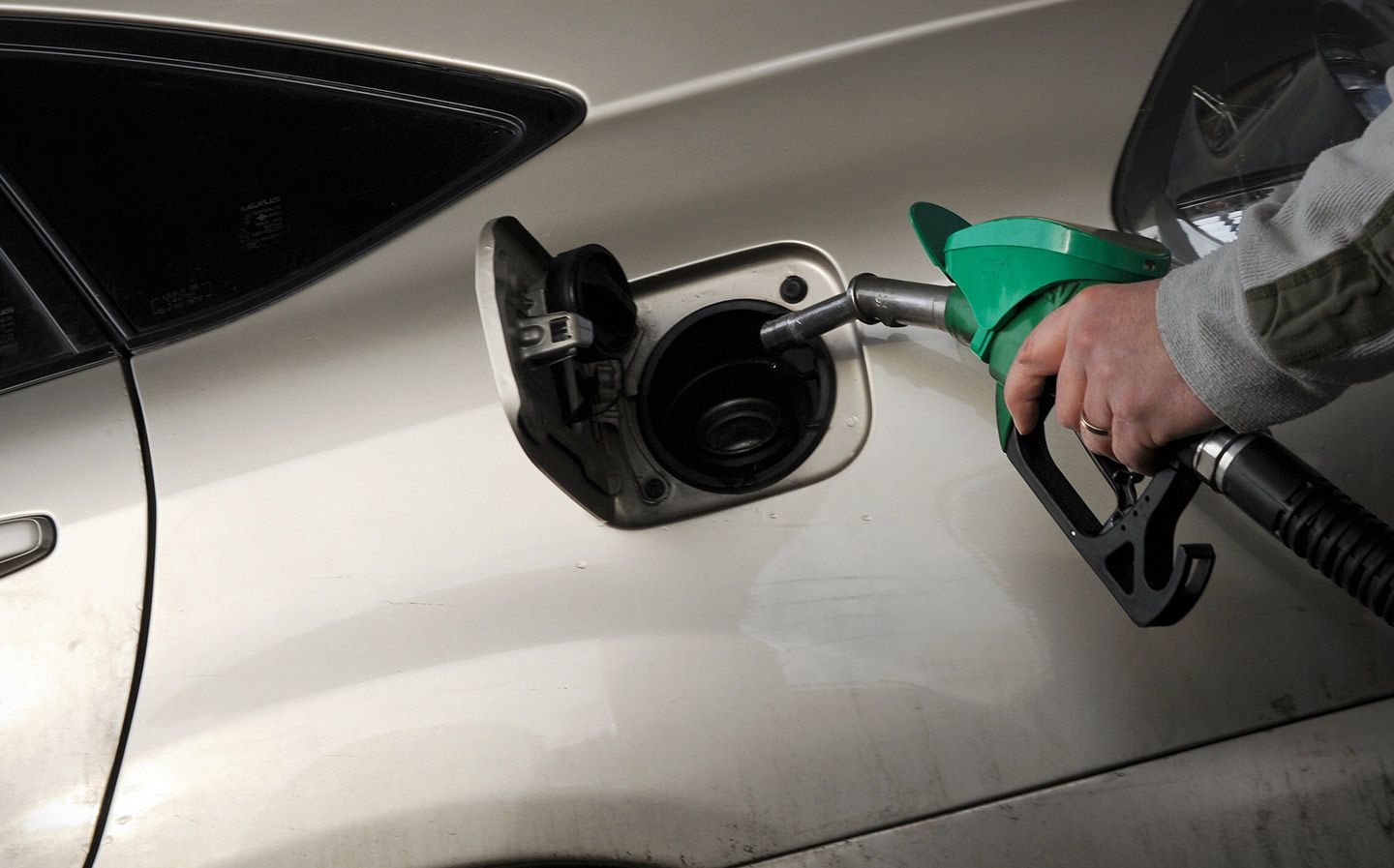What to do if you put the wrong fuel in your car
There are 150,000 misfuelling incidents in UK every year
EVERY THREE minutes a motorist in the UK makes the mistake of putting the wrong type of fuel their car, according to the AA. Whether that’s putting petrol in a diesel tank or vice versa, such mistakes are usually down to distraction or tiredness.
But what does it mean for your engine, and what can be done to fix the issue before this momentary lapse of concentration results in a potentially expensive repair bill?
The potential consequences of misfuelling
In the best-case scenario, putting the wrong fuel in your car will be noticed immediately and a call-out to a breakdown assistance company and/ or a misfuelling specialist should get you back on the road at the cost of a couple of hundred pounds.
If you don’t spot it and the run the engine, however, it has the potential do so much damage to the engine — perhaps thousands of pounds worth — that the car may be written off (beyond economical repair) by your insurer.
Here, we’re taking a look at what to do if you’ve put the wrong type of fuel in your tank and how you can minimise the damage if it happens.
What happens if you put petrol in a diesel tank?
Putting petrol in a diesel tank is the cause of around 95% of misfuelling incidents in the UK.
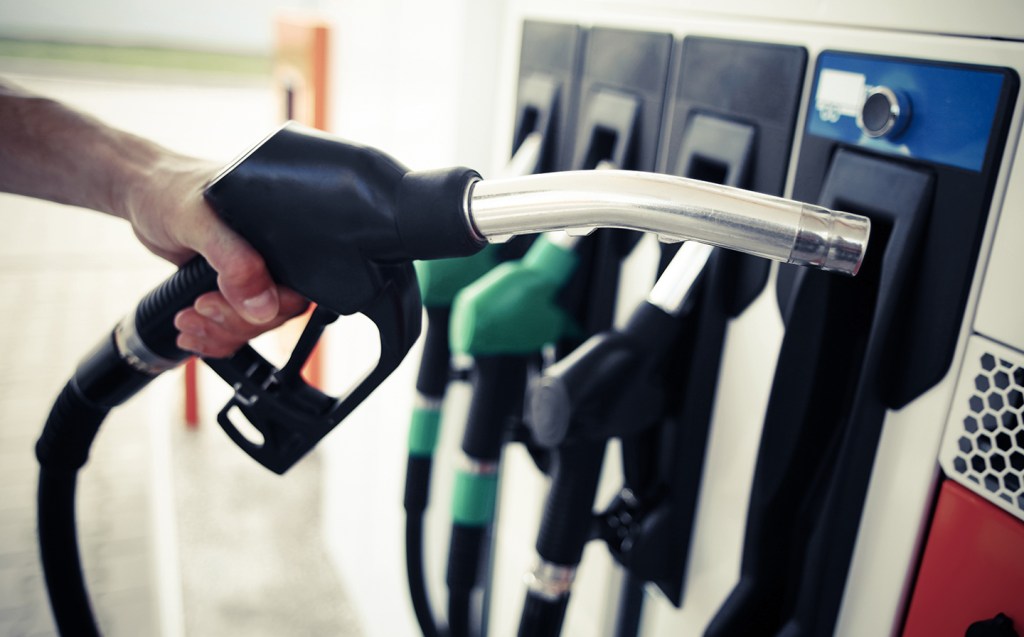
Diesel and petrol both have quite different properties; petrol is a harsh solvent, for instance, whereas diesel fuel is oilier and acts as a lubricant in engines that have been designed to run on it.
Putting petrol into a diesel system means that, as soon as the driver turns the key and the fuel pump comes to life, the system will be sucking petrol through the lines. The fuel pump without lubrication will begin to heat up due to friction, sending metal particles further along the fuel system as it self-destructs, clogging up the injection system.
Having the system drained as well as potentially replacing the fuel pump and injector rail could cost hundreds or thousands of pounds.
What to do if you put petrol in a diesel tank
If you’ve realised your mistake after you’ve just started pumping the fuel, stop immediately as you may not yet have done any real damage. A diesel engine will usually still run without any major adverse effects provided that there’s a 95% diesel to petrol ratio in the tank, so if you’ve just put in a small dribble, don’t worry too much.
Any more than that, however, and you could be in trouble. Here’s what to do in such a scenario.
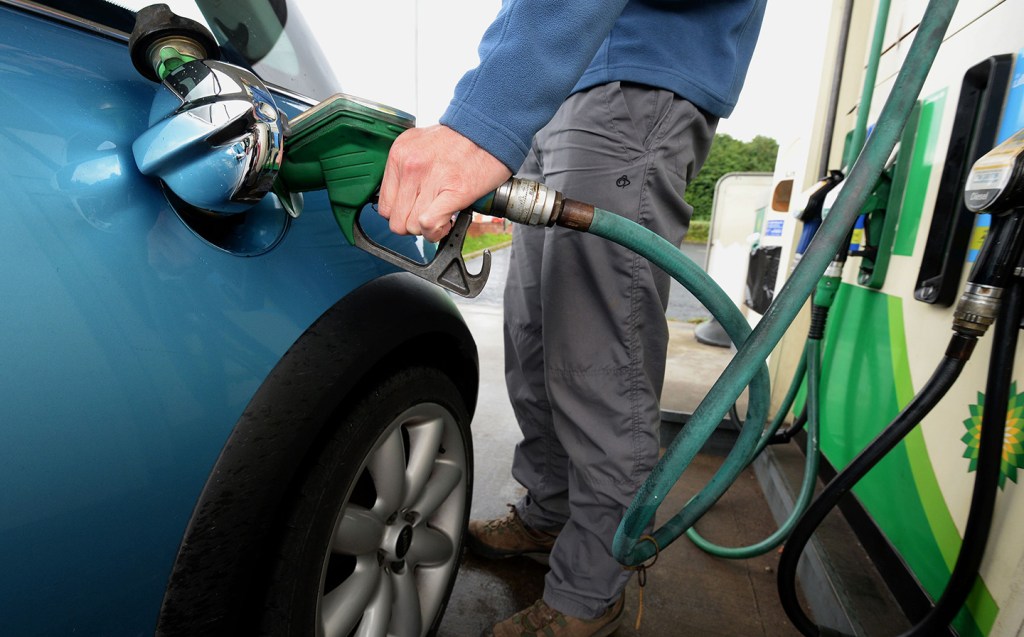
- Stop refuelling as soon as you notice the mistake.
- Keep the keys away from the ignition as even just turning the key a notch can make the fuel pump whirr into life, making the problem much worse.
- Alert a member of staff at the garage who may need to help you get your car out of the way.
- Call a breakdown service such as the RAC, AA or Greenflag, or a misfuelling specialist such as Fuel Doctor or Fuel Fixer who may be able to assist you on location.
- Wait with the car until assistance arrives (remember, don’t turn the key). Provided the car hasn’t been started, flushing the fuel system usually takes around half an hour, after which point you can hopefully get back on the road.
What to do if you’ve put diesel in a petrol car
Putting diesel in a petrol tank isn’t quite as destructive, though the repair work and clean-up operation can still be expensive and time-consuming.
It doesn’t happen as often as petrol into diesel, simply because the majority of diesel pump nozzles are too big to fit into the necks of petrol tanks, whereas, of course, that means petrol nozzles can easily fit inside the neck of a diesel tank.
Either way, the recovery process is the same as the above
- Stop refuelling immediately.
- Don’t turn on the ignition.
- Alert a member of staff at the petrol station.
- Phone for help from a breakdown service and/or misfuelling specialist.
What if you put the wrong fuel into a hybrid?
Regardless of whether you intend to drive your car away from the pumps on electric power only, you’re still faced with a major problem in having the wrong type of fuel in your tank because the fuel pump may prime itself as soon as you switch on the ignition.
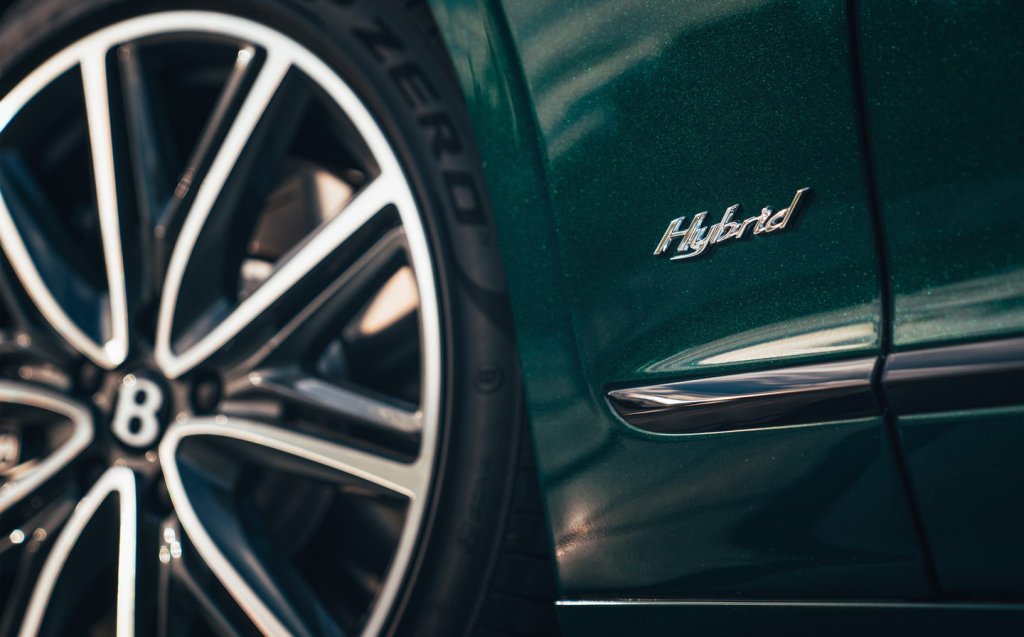
Exactly the same principles apply as with any other car (except pure-electric or hydrogen ones, obviously) — stop refuelling, leave the ignition off and call a specialist to drain the fuel tank.
What to do if you put E10 fuel in a car that isn’t compatible
E10 fuel was introduced in the UK last September and while nearly all newer cars are designed to run on it, many older cars are incompatible. Long-term use of E10 in older cars can damage carburettors as well as rubber pipes and seals in cars that haven’t been designed to run on it.
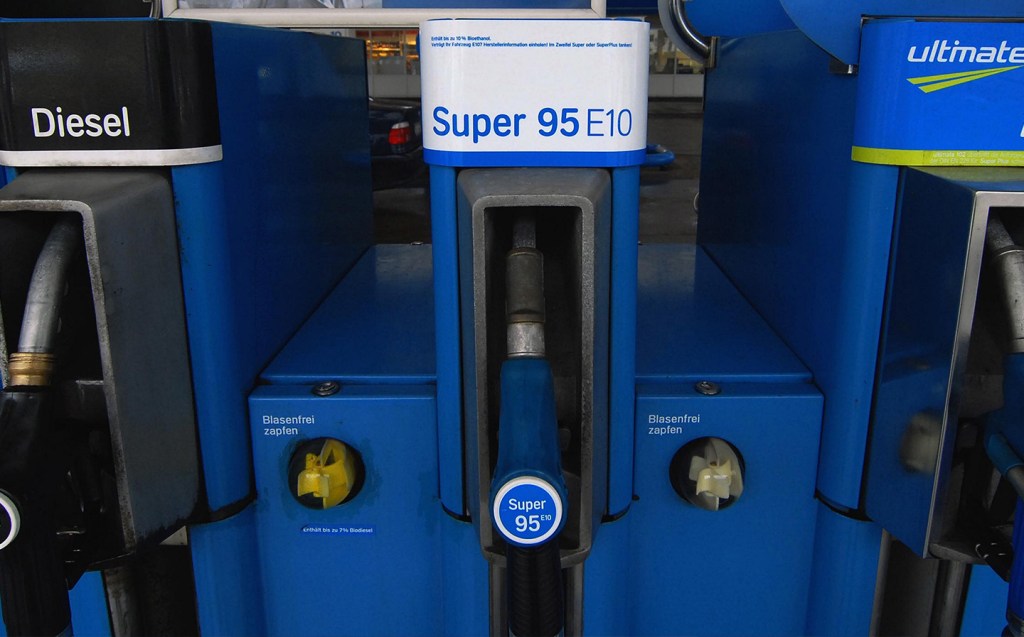
That’s not to say, however, that filling your older car with E10 will cause any great issue and nor do you need to call for help. It’s fine to occasionally run an older car on E10 fuel provided you don’t make a habit of it and top up using E5 as soon as possible.
What happens if you put AdBlue in a diesel tank or vice versa?
Most modern diesel cars will use AdBlue, a specially formulated liquid that is injected into the exhaust gases to help reduce harmful emissions.
It has been known for driver’s to accidentally put diesel into their AdBlue tank or vice versa. What to do in this situation is similar to what to do if you’ve put petrol in a diesel car.
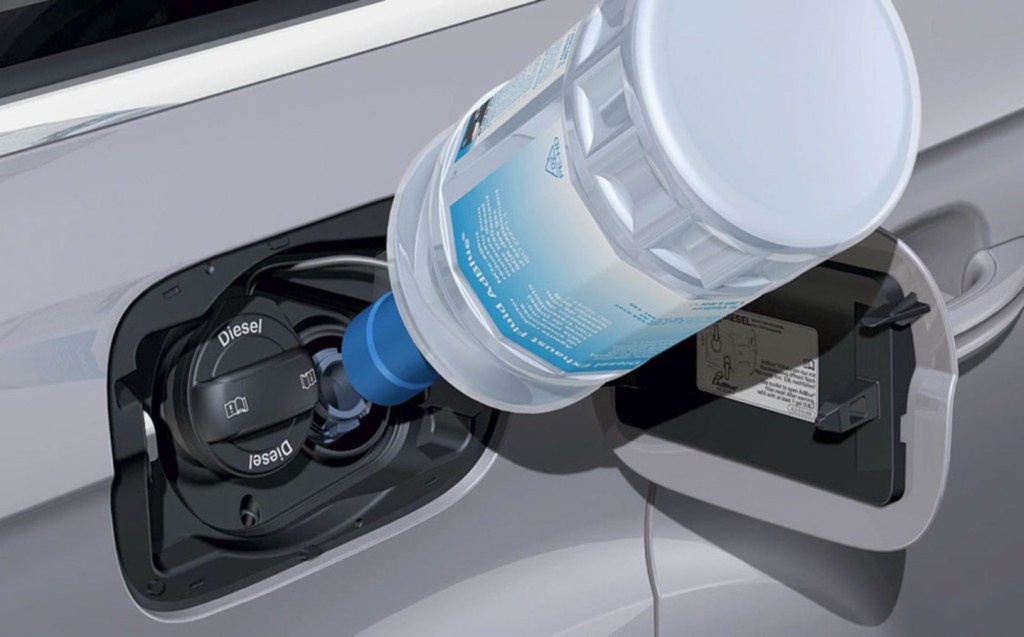
Putting diesel in the AdBlue tank is slightly less catastrophic than putting AdBlue in the diesel tank, though, in either scenario, do not start the car under any circumstances and call a breakdown service or misfuelling specialist immediately.
How to prevent misfuelling
Care and attention are the best ways to avoid misfuelling, but humans are imperfect creatures.
Aside from the larger nozzles for diesel tanks, there are a few simple yet clever anti-misfuelling gadgets on the market such as the Fuel Angel or Diesel Head that attach to the neck of a diesel fuel tank, preventing the insertion of a petrol fuel nozzle. Or go lo-fi: a simple sticker might do the trick.
If you habitually misfuel your car, or if you’re just concerned by the potential consequences, one of these devices may be worth the investment.
Tweet to @ST_Driving Follow @ST_Driving
Related articles
- If you found our advice on what to do if you put the wrong fuel in your car interesting, you might like our series of Car Clinic advice articles
- Read our guide to E10 fuel: What is it, how will it affect you and can your car run it?
- Huge spike in demand for electric cars and bikes as fuel shortage crisis bites
Latest articles
- Lewis Hamilton wants to design a modern day Ferrari F40 with manual gearbox
- Dacia Bigster 2025 review: The ‘anti-premium’ family SUV that punches above its weight
- Your car’s worn tyres could be being burnt illegally in India, investigation reveals
- Open-top 214mph Aston Martin Vanquish Volante is world’s fastest blow-dry
- F1 2025 calendar and race reports: The new Formula One season as it happens


